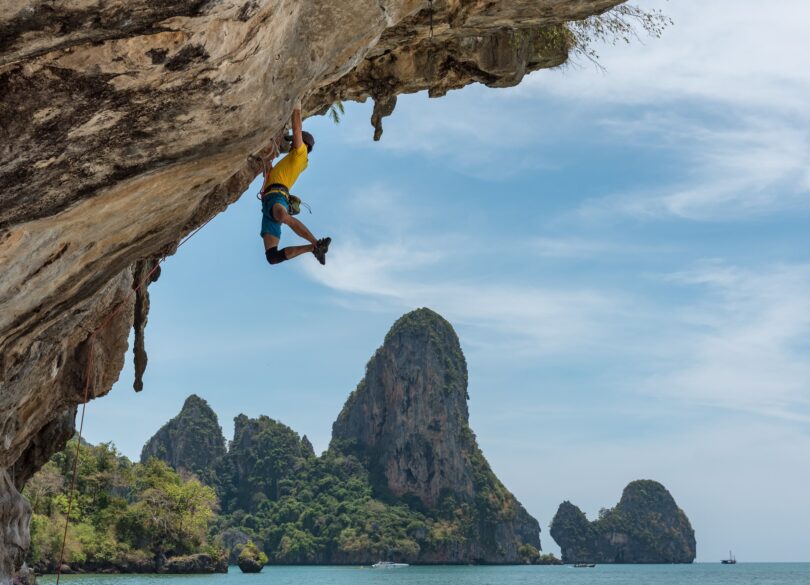Rock climbing can be an enjoyable hobby. It’s an activity where you can learn new techniques and skills, especially if you want to embark on an outdoor adventure with family or friends.
Before taking your first attempt at the activity, it’s crucial to know the basics and the essential equipment you need. Rock climbing can be a rewarding experience and a fun sport. If you want to enjoy what the activity has to offer, here are crucial climbing gear and equipment you need to acquire:
Climbing Shoes
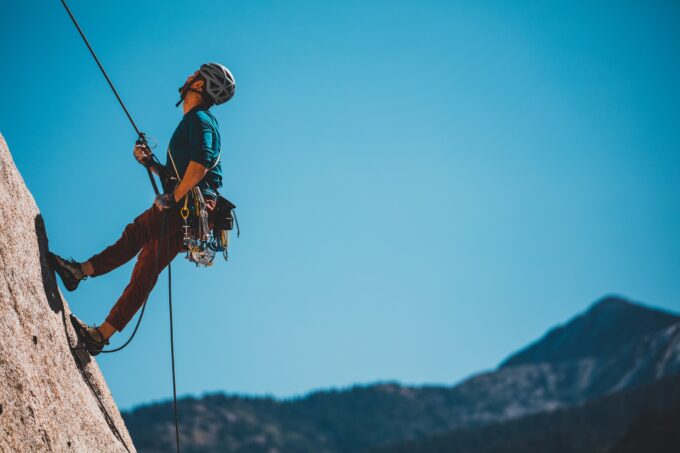
img source: unsplash.com
According to Psychi, choosing the best climbing shoes is crucial to provide superior protection to your feet since they keep the toes snug and compact while climbing. More importantly, these shoes will allow you to climb flat walls and challenging terrain.
Make sure you choose good-quality climbing shoes that’d properly fit to ensure safety and ease during your rock-climbing adventure.
Rope

img source: unsplash.com
Depending on the climbing you plan on engaging, ropes are crucial in the sport. Along with the proper use of the harness, belay device, carabiners, cams, and quickdraws, a climbing rope will save your life if you slip or fall off the rock. Remember that it’s not enough to only have climbing ropes since you need to understand how they work as well as the suitable matching apparatus.
When looking for the ideal climbing rope, you should take into consideration the following:
- Length. The length of the rope will depend on the climb you’re planning to tackle. Most ropes are either 50, 60, or 70 meters long.
- Weight. The ideal climbing rope should be within 9.5-10.5mm thick. Any higher than this will only weigh you down.
- Dynamic or static. Get a dynamic rope since it boasts better tensile strength that can stretch to soak up the force of a fall. A static rope is mainly for lowering gear or injured climbers with minimal stretch.
- Weight capacity. Make sure the rope you choose can stand up to enormous force, especially from falls of 20-30 feet.
You have to decide on the suitable rope to use and make sure to consider the route you’re planning to climb. Bringing along several ropes can also become an issue since it can drag on the wall. The rope can be a burden during your climb once you become exhausted.
Safety Helmet
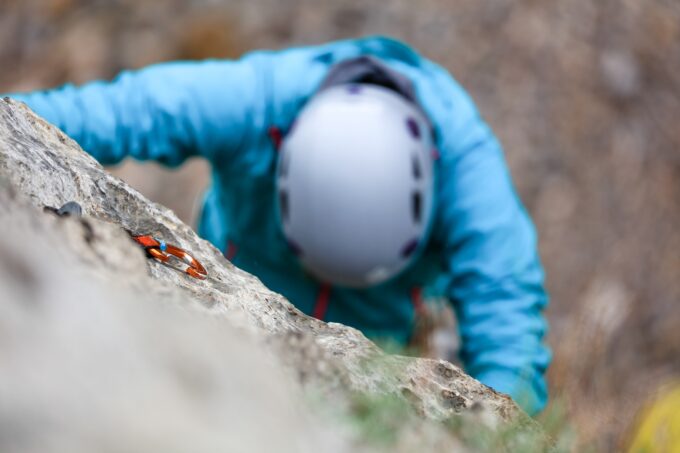
img source: unsplash.com
Another essential item when you engage in rock climbing is a safety helmet. A helmet will protect you against rocks and boulders tumbling down in your direction. It’ll also serve as a cover in case you fall. If you’re climbing in a bouldering gym, a helmet is no longer necessary since they have thick floors and walls not higher than 15 feet.
When choosing a helmet, it should have a good fit and it sits flat on your head but not too tight. Additionally, the helmet shouldn’t obstruct your vision up the wall.
Harness
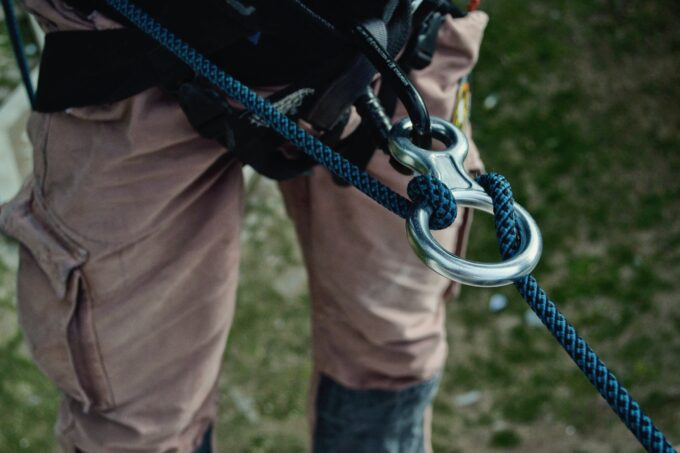
img source: unsplash.com
A harness is one of the rock-climbing gears you need to be successful in the activity. The harness will ensure you stay attached to the rope. With this in mind, durability and fit are crucial considerations. Safety should be your main priority, so you need to look for a harness that can last and that can withstand any weight.
The harness typically fits around the waist and the upper legs, attaching you firmly to the rope via a sturdy locking carabiner. The harness is responsible for distributing the forces in case of a fall. Today, you can find various types of harnesses for different modes of climbing. In most sport climbs, you need a single pitch, or sometimes two, which means you no longer need to bring several heavy gears. A sport harness is usually lightweight and has few gear loops.
The majority of harnesses include adjustable leg loops while some are detachable. The waistbelt will allow you to climb comfortably while also allowing you to organize your gear within easy reach.
A basic harness is ideal for beginners. If it’s your first attempt at rock climbing, you don’t need one that has whistles and bells. The harness you choose should have the right fit.
Belay Device
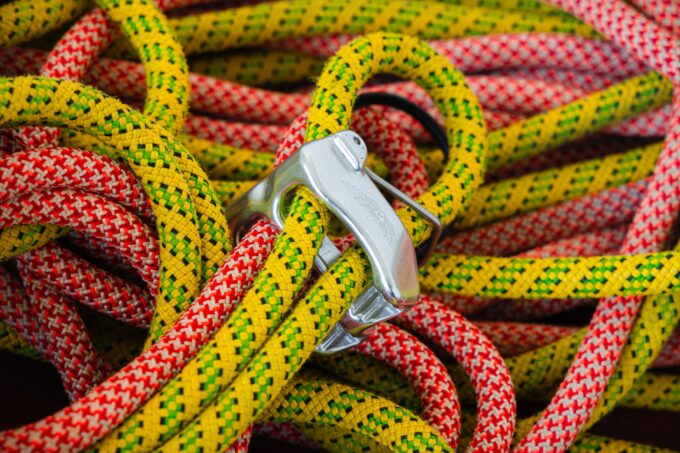
img source: unsplash.com
A belay device is one of the essential pieces for your rock-climbing adventure. It functions as a mechanical friction brake to protect you from falls and help lower you from an ascent. The belay provides several friction points, which means it doesn’t need to hold your total weight as you descend.
Although it’s easy to learn how to operate the belay device, it’s best to practice in a controlled environment first, ideally with guidance from a climbing instructor.
There are three types of belay devices you can use for your climb, depending on the kind of climbing involved—assisted-breaking, tubular, and Figure 8.
Carabiners
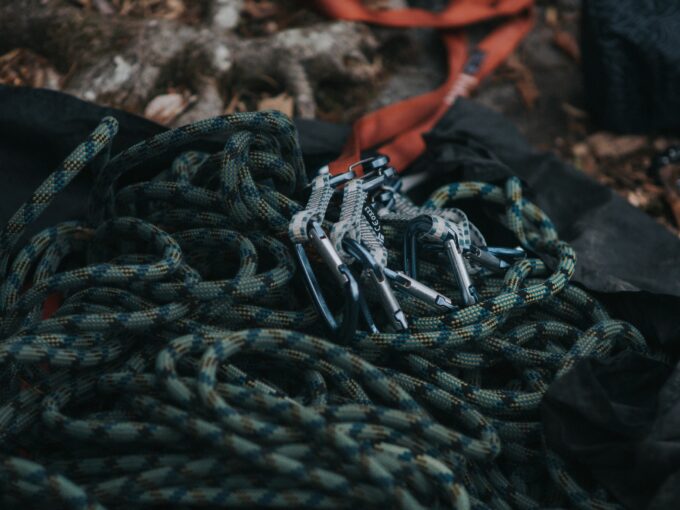
img source: unsplash.com
It’d be best to look for a dependable carabiner that securely locks for rappelling and belaying. It’s best to have several on hand that you can use as anchors for setting top ropes and many more. Carabiners are highly versatile, so make sure you have a combination of locking and non-locking variants during your climb.
Quickdraw
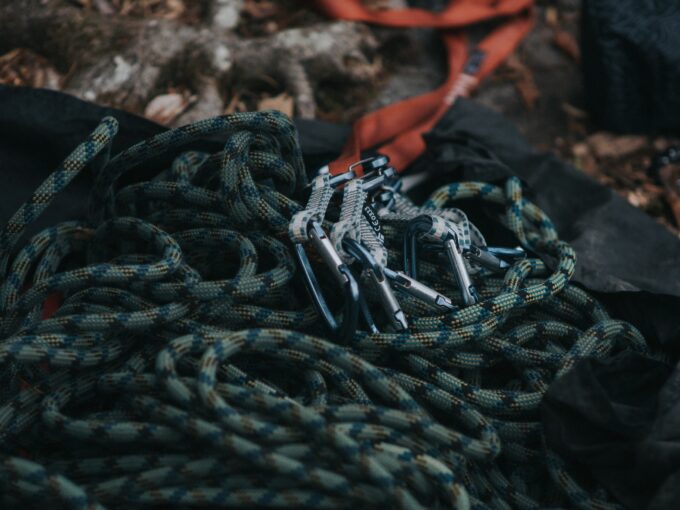
img source: unsplash.com
A quickdraw has a textile sling that connects two carabiners. The main objective is to link one point of the quickdraw carabiner to a bolt hanger and the rope to the other. It provides a certain level of slack on the rope, which allows it to move around while staying affixed to the bolt hanger. The purpose of a quickdraw will vary depending on the climbing you’re engaging in.
Chalk

img source: unsplash.com
One of the essentials in your climbing gear is chalk. Climbing chalk is a magnesium carbonate that helps remove moisture and improve your grip during your climb. Remember that chalk is essential for those who have sweaty palms or those climbing in a humid environment.
Conclusion
Before you embark on your first rock-climbing adventure, make sure you’re ready with the appropriate gear and equipment. Learning about the tools for rock climbing will ensure a safe and enjoyable experience. Consider the things mentioned here as you prepare yourself for the activity.

